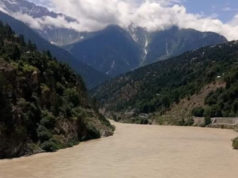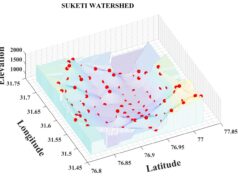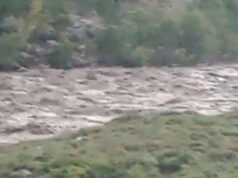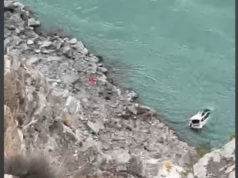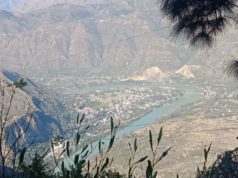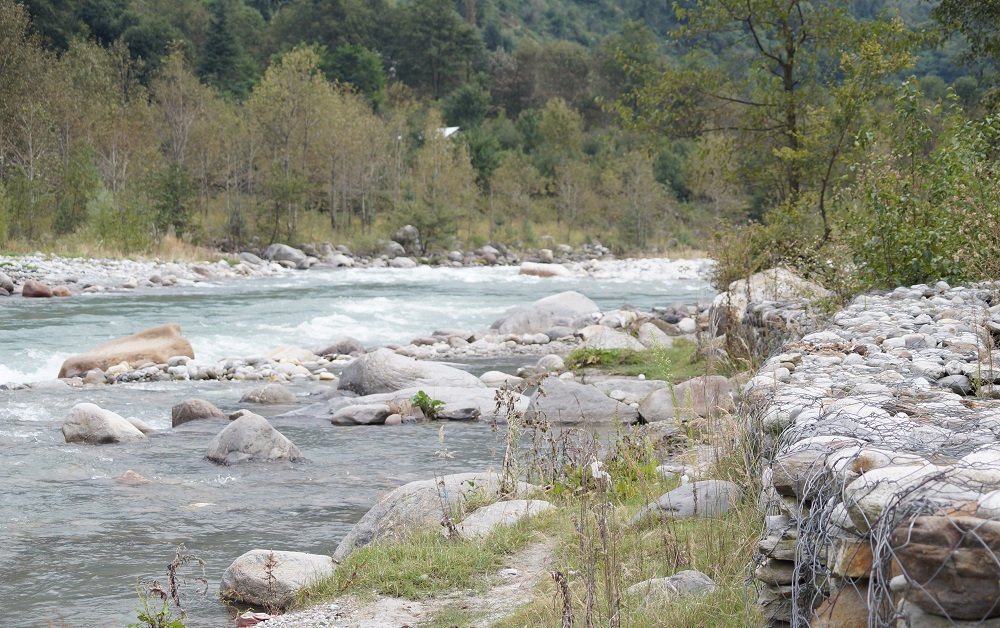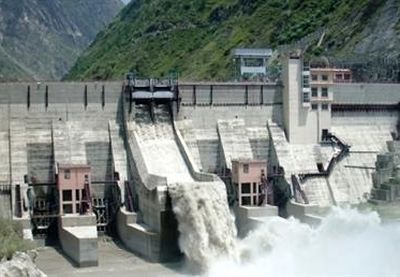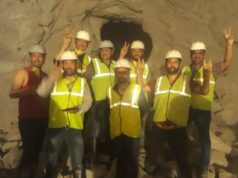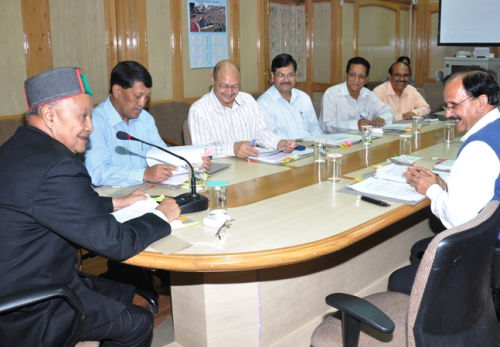Changing Snowfall Patterns Threaten Water Resources in Himachal Pradesh
The majestic Himalayan mountains, known for their snow-capped peaks and pristine glaciers, are facing a severe threat due to climate change. The increase in temperature in mountainous areas, as compared to the plains, has led to the accelerated melting of glaciers. This alarming trend is a direct consequence of global warming and poses significant risks to the region’s water resources.
In a comprehensive assessment conducted by the State Center of Climate Change, working under the patronage of the Himachal Pradesh State Council for Technology and Environment, an alarming decline in snow cover across Himachal Pradesh has been unveiled. Through the meticulous mapping of snowfall trends using AWIFS satellite imagery, the assessment paints a worrisome picture of the situation.
Beas basin shows a slight increase while other basins experience alarming decreases
While the assessment reveals distressing figures, there is a glimmer of hope in the Beas basin, which has seen a modest increase of 3% in snow cover. However, the decline in other basins is cause for concern. The Chenab basin has witnessed a significant 36% decline, the Ravi basin a staggering 54% decline, and the Sutlej basin a concerning 27% decline in snow cover.
Unusual trend: Early summer sees a surprising increase in snow cover
Adding to the complexity of the situation, this year has brought an unexpected shift in the snowfall pattern. Contrary to expectations, the early summer months have experienced an increase in snow cover compared to the winter season. While this may initially seem like a positive development, it raises concerns about the long-term stability of the region’s water resources and underscores the unpredictability of climate change’s impact on the Himalayas.
Increased snowfall in April fails to offset the overall decline, highlighting water crisis risks
In a surprising turn of events, the assessment reveals an increase in snow cover during April compared to the previous year. However, this temporary surge in snowfall does not compensate for the overall decline witnessed throughout the snow season. The Chenab basin saw a 12% increase, the Beas basin a 39% increase, the Ravi basin a notable 54% increase, and the Sutlej basin a substantial 29% increase. While these figures may offer temporary relief, they do not mitigate the pressing water crises looming over the region.
The depleting snow cover of the Himalayas is a grave concern, as it directly impacts the availability of freshwater resources. The meltwater from glaciers and seasonal snowfall plays a crucial role in sustaining rivers, lakes, and agriculture in the surrounding areas. Without urgent and coordinated efforts to address climate change and mitigate its effects, the consequences could be severe and far-reaching.
It is imperative for governments, organizations, and communities to adopt sustainable practices, initiate conservation measures, and prioritize international collaboration to safeguard the Himalayan region. Failure to take decisive action risks irreversible damage to this fragile ecosystem and exacerbates the water crises already burdening the affected regions. The time to act is now to secure a sustainable future for the Himalayas and the communities that rely on its water resources.


